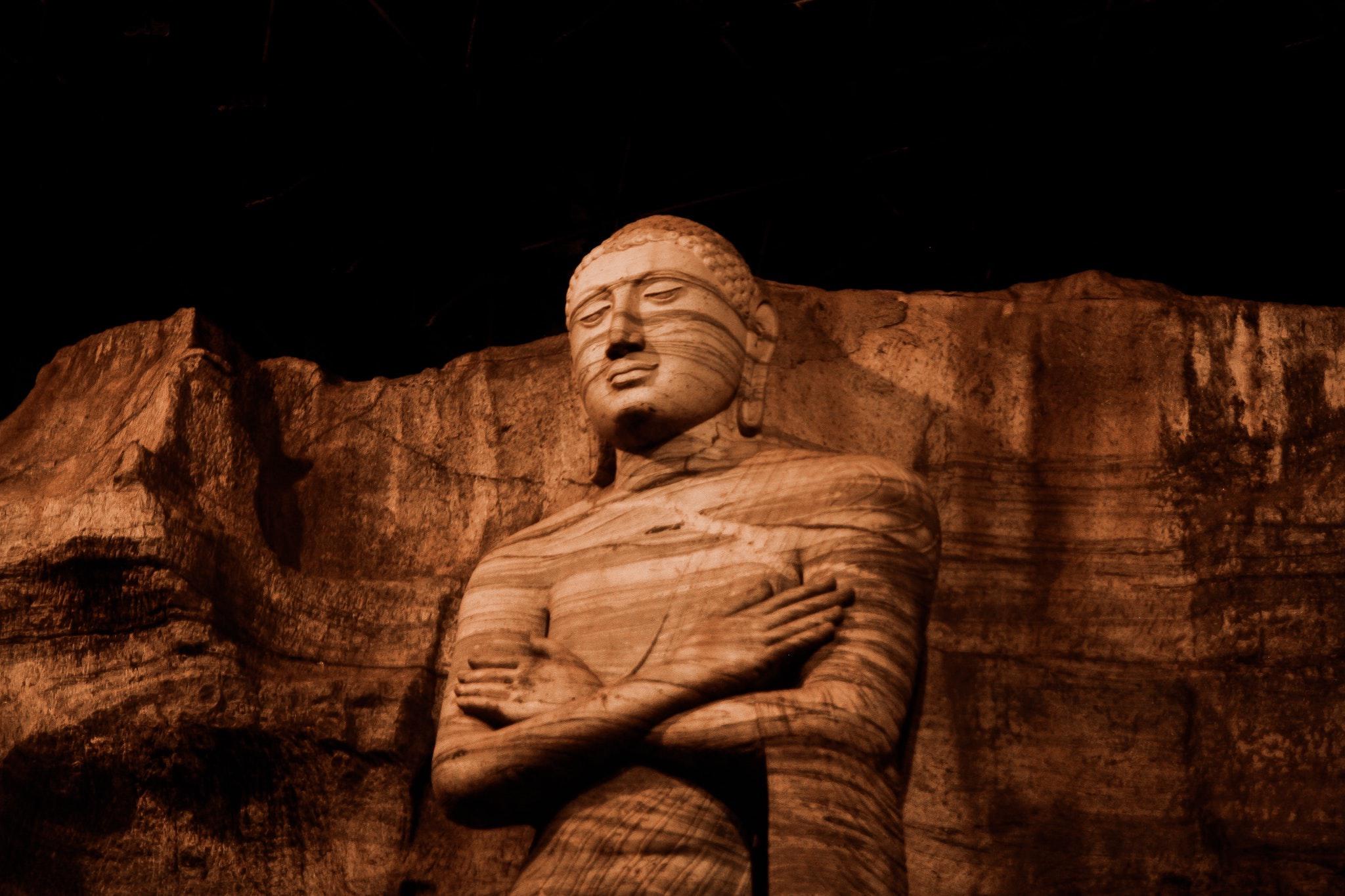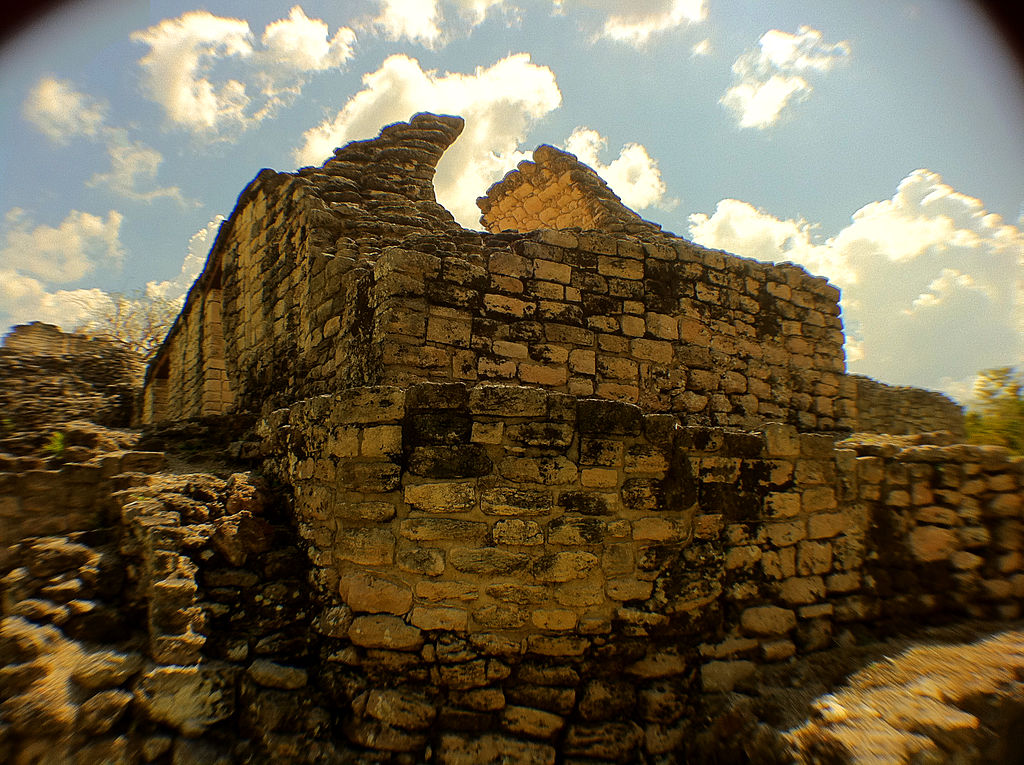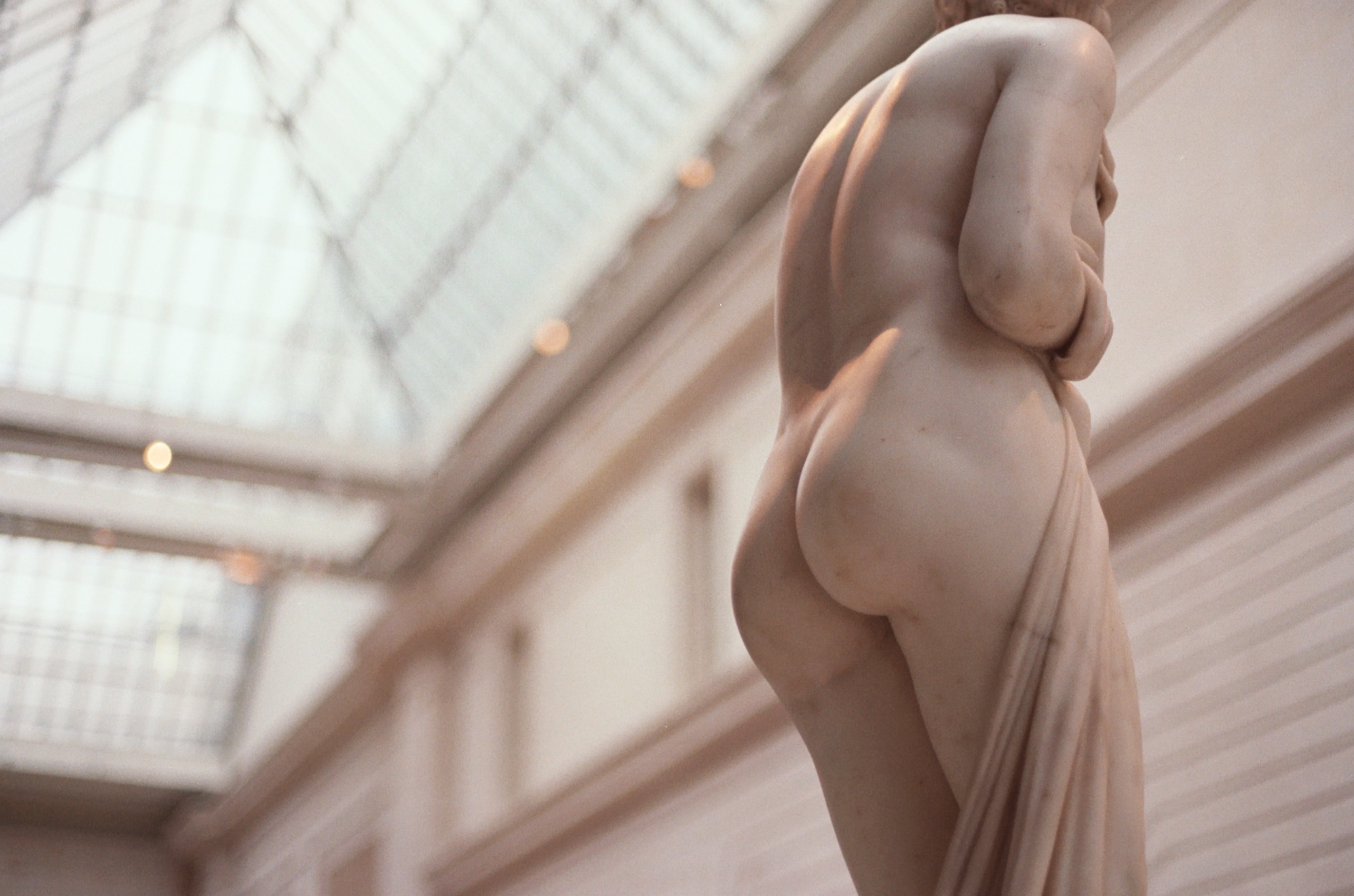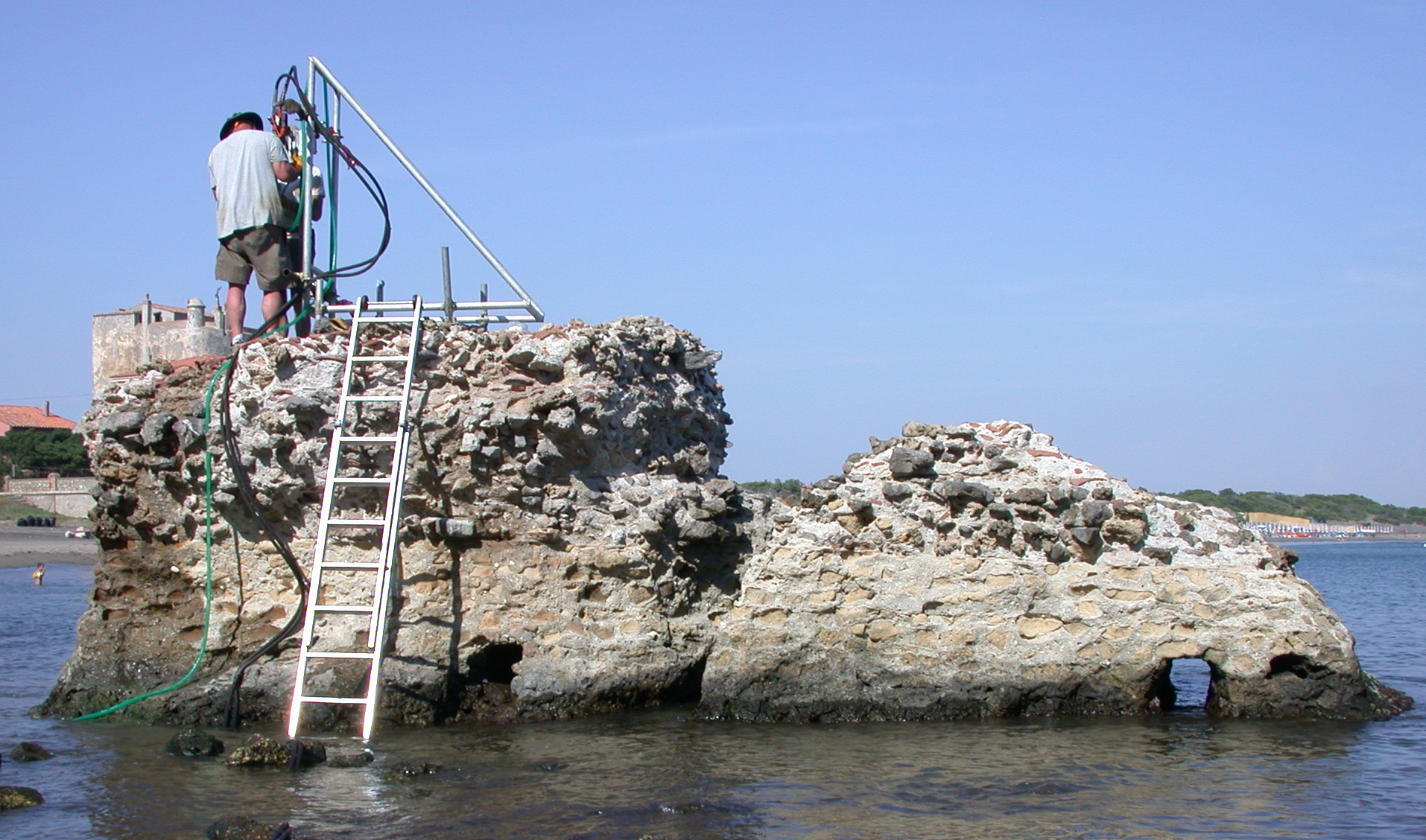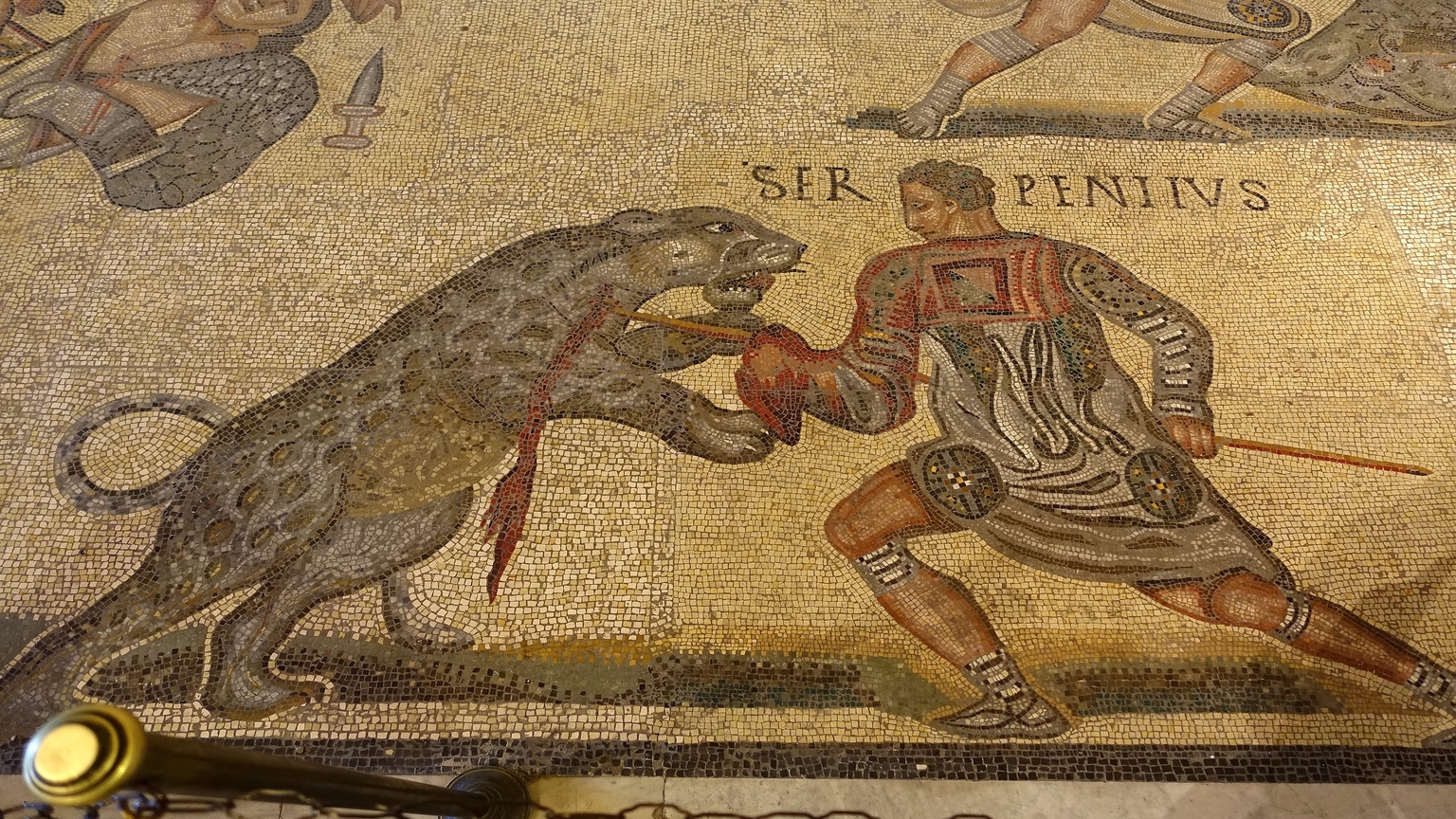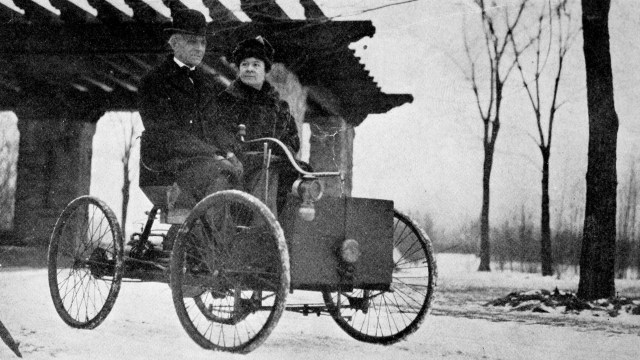British archaeologists find, then rebury, a Roman villa in Scarborough
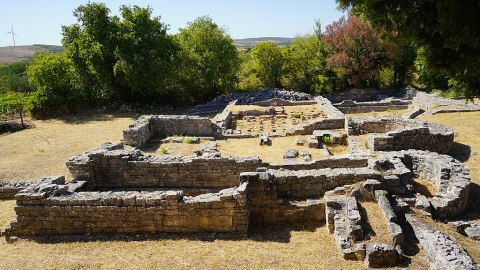
- The British government reburied a perfectly preserved Roman villa less than a year after its discovery.
- Archeological sites are reburied all the time, usually to protect them from vandalism or the forces of nature.
- New technology like LIDAR may allow us to study the past without destroying it in the process.
While preparing a patch of land for housing development in 2021, contractors in the British town of Scarborough stumbled upon a set of Roman buildings.
Some archeologists thought that they were in the presence of a temple, though this was unlikely considering that the closest Roman settlement — the modern-day city of York — was more than forty miles away. The remote location, along with the discovery of a luxury bathhouse, seems to suggest the complex was either a stately gentlemen’s club or some wealthy Roman’s private villa.
More impressive than the purpose of these buildings was their quality. Most were in excellent condition. Speaking to The Guardian, North Yorkshire County spokesperson Karl Battersby said the villa was “designed by the highest-quality architects in northern Europe in the era and constructed by the finest craftsmen.”
If the city of York — called Eboracum by the Romans — gives us any indication, the villa in Scarborough might have been built as early as 71 CE. Newspaper reports described the complex as “first-of-its-kind” and one of the most important Roman finds in Britain of the last decade. Keith Emerick, inspector of ancient monuments for Historic England, said that the layout of the villa had “never been seen in Britain,” and may even be a first for the Roman Empire in general.
And yet, despite all of these exciting claims, the Scarborough villa was reburied less than a year after it was found.
The reasons for and purpose of reburying history
Reburying archeological sites may seem absurd, not only because they answer important questions about the past but also because they take tremendous effort to find and excavate. Even so, reburials take place all the time for a myriad of reasons.
Sometimes sites are reburied because the government presiding over the site lacks the resources necessary to maintain it. Reburial may also protect artifacts from being damaged by malevolent vandals, ignorant tourists, or the indifferent forces of nature. “Most often,” writes Alexandria Sivak in an article for the Getty Foundation, “it’s a combination of these things that influences the decision.”
The British Government, acting through Historic England, decided to rebury the Scarborough villa to “safeguard” the archeological site for future generations. In the late 1980s, US officials made a similar decision regarding Chaco Culture National Historical Park, a UNESCO World Heritage site in the state of New Mexico where overzealous excavation risked the destruction of masonry structures, earthen architectural mounds, and rock art images left by the prehistoric Chaco culture.
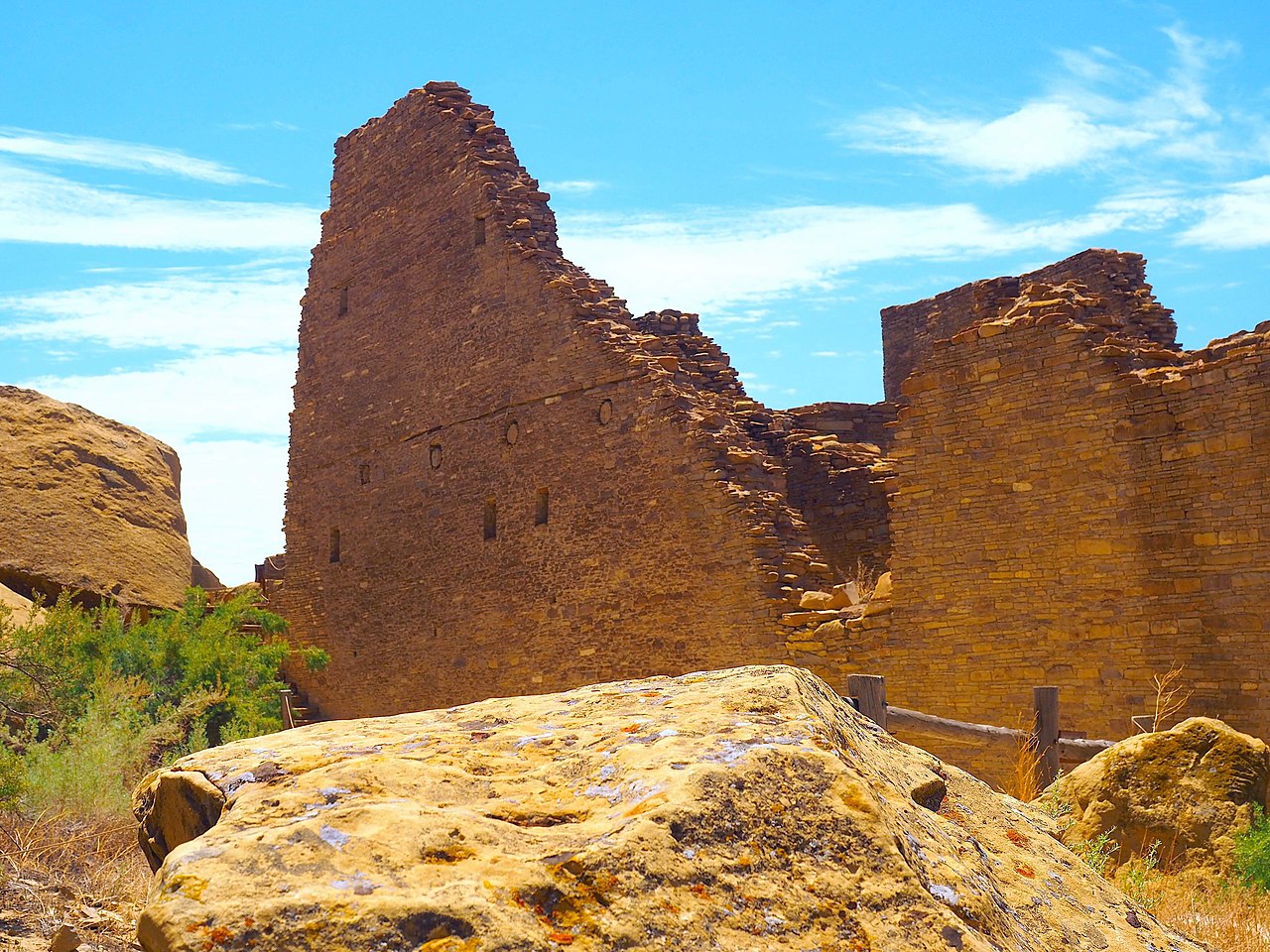
According to Getty, which assisted the US National Parks Service with the reburial, the descendants of this culture “preferred a more passive approach to the care of the park, and reburial was a way to return the structures to the earth while not allowing the elements to destroy them.”
Another example of reburial concerns the Laetoli Trackway in Tanzania, where archeologists found hominin footprints that are more than 3.5 million years old. Shortly after their discovery, archeologist Mary Leaky decided to rebury the already weathered footprints to prevent them from eroding any further. The decision backfired when the tracks became overgrown by acacia trees in the 1990s, prompting the Getty Conservation Institute to set up a monitoring system.
Though somewhat counterintuitive, artifacts are best protected when squashed beneath layers of sediment. A case in point are the floor mosaics found in Roman and Byzantine buildings. Made of small bits of stone or glass arranged to form elaborate images, excavated mosaics become vulnerable to wind, rain, sunlight and – most importantly – people stepping on them. When reburying floor mosaics, Getty uses a combination of gravel, sand, and soil separated from the art by a layer of plastic or geotextile.
Criticism from archeologists
Reburial initiatives are a mixed bag. On the one hand, the past needs to be preserved. On the other, what’s the use of preserving the past if doing so renders it inaccessible to people living in the present? For every archeologist that supports the initiative, therefore, there’s another that objects to them.
In 2011, a group of 40 archeologists signed a letter addressed to UK justice secretary Ken Clarke expressing concern over a law that called for archeological sites in England and Wales to be reburied within two years of being excavated. Sites affected by this law included human remains recovered near Stonehenge and 950,000-year-old stone tools found in Norfolk.

The group, comprised of Natural History Museum’s head of human origins Chris Stinger and director of the archeology institute at University College London Stephen Shennan, among others, felt the two-year time window was too short to adequately study ancient artifacts. “Your current requirement that all archaeologically excavated human remains should be reburied,” their letter read, “is contrary to fundamental principles of archaeological and scientific research and of museum practice.”
The reburial of the Scarborough villa, which still poses many unanswered questions, makes this discussion relevant again. The ground below which the villa now rests will remain in use as a public space. Keepmoat, the company in charge of the housing development plan in Scarborough, said they submitted a “landscaping design to the Local Planning Authority which will incorporate an interpretive depiction of the remains,“ whatever that may be.
How can we possibly compromise between preservation and excavation? The answer may involve technology. In recent years, companies like CyArk have been using LIDAR (Light Detection and Ranging) tools to create 3D scans of monuments and heritage sites. Their digital library currently includes detailed models of the city of Pompeii as well as Mount Rushmore. In theory, experts could use these services to access archeological sites after they have been reburied, allowing them to study history without risking its destruction in the process.
